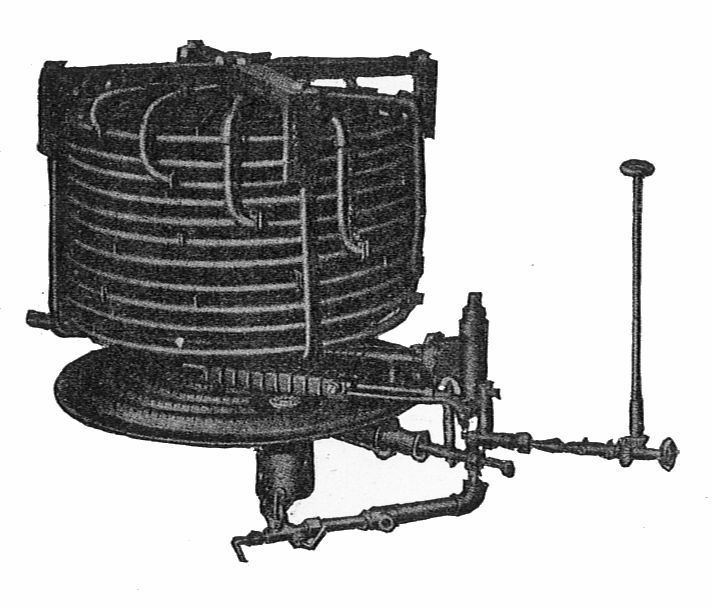 | ||
A Monotube steam generator is a type of steam generator consisting of a single tube, usually in a multi-layer spiral, that forms a Once Through Steam Generator (OTSG). The first of these was the Herreshoff steam generator of 1873.
Contents
Principles
For the sake of efficiency, it is desirable to minimise the steam content of the generator. Heat can then be transferred efficiently into liquid water, rather than into low-density steam. Monotube steam generators may either boil gradually along their length, usually pumped circulation systems, but where this boiling does not disrupt the circulation. Otherwise they can use the Benson supercritical system, where the pressure is sufficient to prevent boiling (within the heated volume) altogether.
Examples
Examples of Monotube steam generators include:
Flash boilers
A Flash boiler is a particular type of low-water-content monotube boiler. Modern use is confined to model steam boats but, historically, flash boilers were used in Gardner-Serpollet steam cars.
